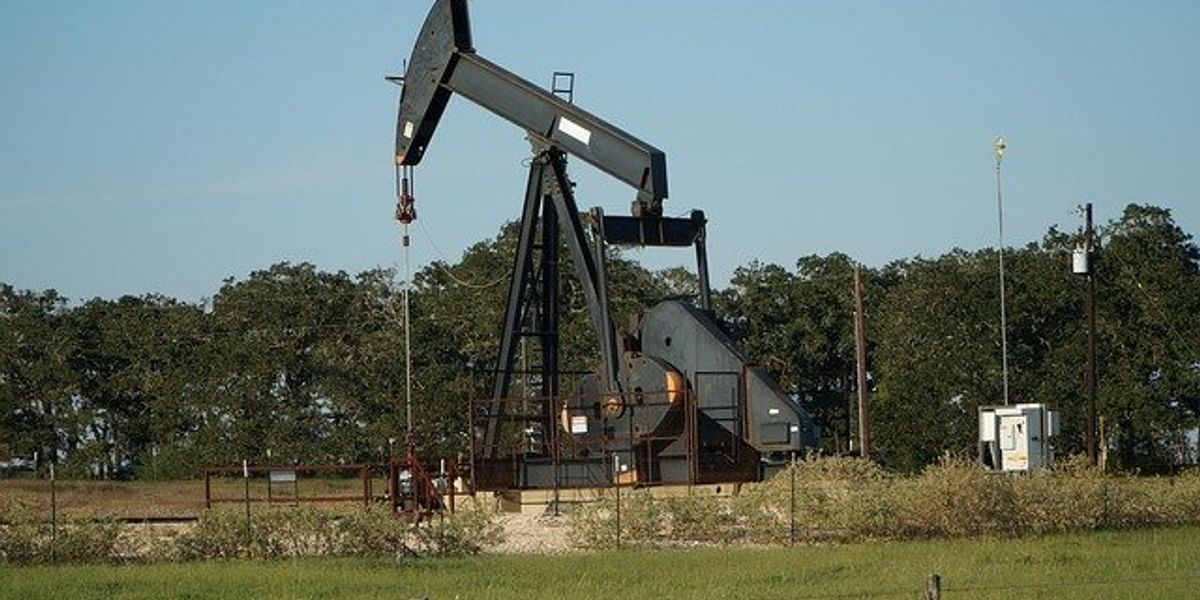
Living near oil and gas wells linked to higher COVID-19 death rates
Californians who lived near high-producing oil and gas wells were more likely to die from COVID-19 in the early months of the pandemic, a new study finds.
Liza Gross reports for Inside Climate News.
In short:
- Researchers analyzed COVID-19 cases and mortality in California in 2020 and found higher death rates among people living near the most active oil and gas wells.
- Black, Latino and low-income communities, already disproportionately exposed to pollution from drilling, faced the greatest risks.
- Long-term exposure to pollutants from oil and gas operations may have weakened residents' immune and respiratory systems, increasing their vulnerability to the virus.
Key quote:
“The results of this study are, unfortunately, not surprising. We have consistently seen that people living in communities with higher levels of pollution are at increased risk of COVID infection and mortality.”
— Joan Casey, environmental epidemiologist, University of Washington
Why this matters:
The connection between pollution from oil and gas wells and severe health outcomes has been well-documented, but the COVID-19 pandemic has cast a harsh spotlight on the vulnerabilities it exacerbates. Research increasingly shows that air pollutants emitted by fossil fuel extraction — particularly fine particulate matter and volatile organic compounds — contribute to respiratory and cardiovascular diseases. These underlying conditions raise the risk of severe COVID-19 outcomes and point to broader, systemic health inequities tied to environmental degradation.














